Country Ukraine Destroyed March 1944 Completed June 1942 Construction started 1 November 1941 | Elevation 243 m (797 ft) Owner Nazi Germany Architecture firm Organisation Todt | |
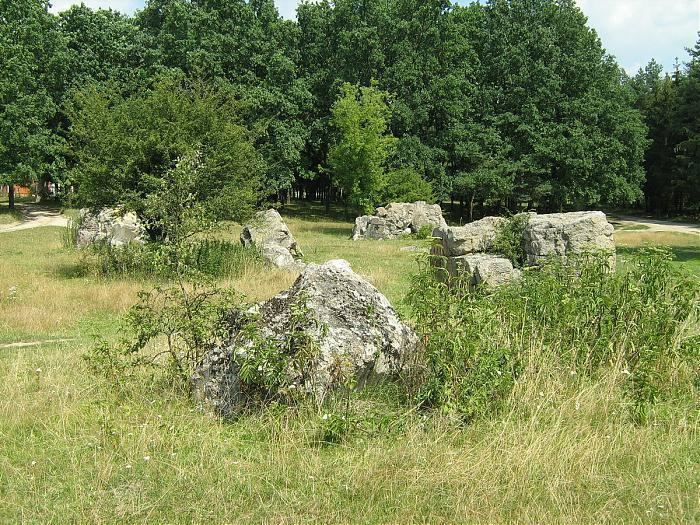 | ||
Type Blast resistant concrete bunker Town or city Wervolf Forest
Vinnytsia Structural system Steel-reinforced concrete Similar Führer Headquarters, The National Pirogov's, Multimedia Fountain Roshen, Wolf's Lair, Southern Bug | ||
Führerhauptquartier Werwolf was the codename used for one of Adolf Hitler's World War II Eastern Front military headquarters located in a pine forest about 12 kilometres (7.5 mi) north of Vinnytsia, in Ukraine, which was used between 1942 and 1943. It was one of a number of Führer Headquarters throughout Europe, and the most easterly ever used by Hitler in person.
Contents
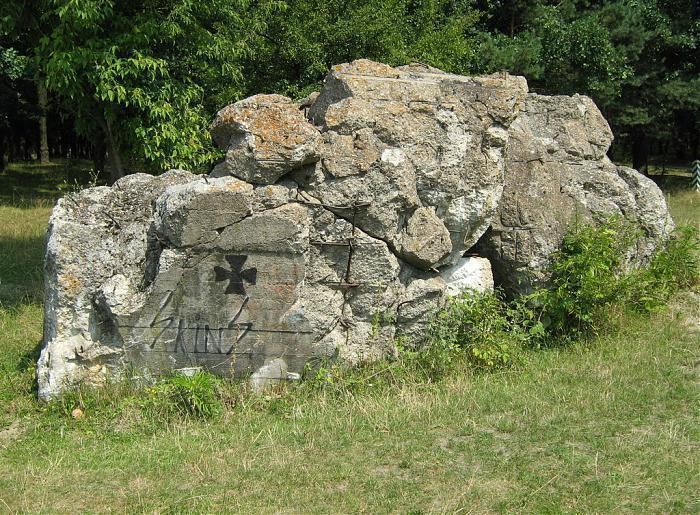
Naming
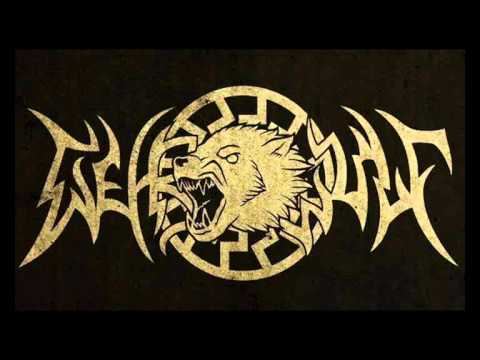
The name is derived from Werwolf, which is German for werewolf. The naming scheme is in accord with other code-names given to Führerhauptquartiere during the Second World War, such as Wolfsschanze. Several were named for Hitler himself, whose nickname was Wolf, an old German form of Adolf.
Headquarters
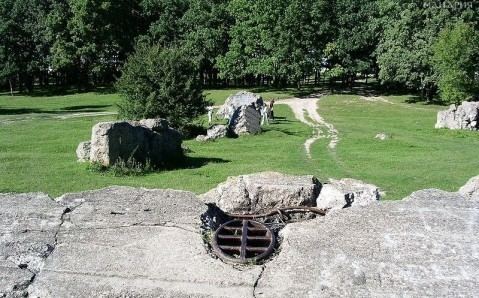
The complex was located in a pine forest, about 12 kilometres (7.5 mi) north of Vinnytsia in Ukraine, between the villages of Stryzhavka and Kolo-Mikhailovka on the Kiev highway. It was built between December 1941 and June 1942 under top secret conditions. The location may have been influenced by the Nazis' proposed trans-European highway to the Crimean Peninsula, which would have connected with the site. The Wehrmacht had its regional headquarters in Vinnytsia, and the Luftwaffe had a strong presence at their airbase in Kalinovka, about 20 km away.

Hitler's accommodation at Werwolf consisted of a modest log cabin built around a private courtyard with its own concrete bunker. The rest of the complex consisted of about 20 wooden cottages and barracks and up to three "B" class bunkers, surrounded by ring of barbed wire and ground defensive positions connected by underground tunnels. A couple of observation points were set up on platforms in the oak trees surrounding the pine forest. The area was surrounded by a defensive strip of bunkers, anti-aircraft guns and tanks, as well as anti-tank ditches and minefields.
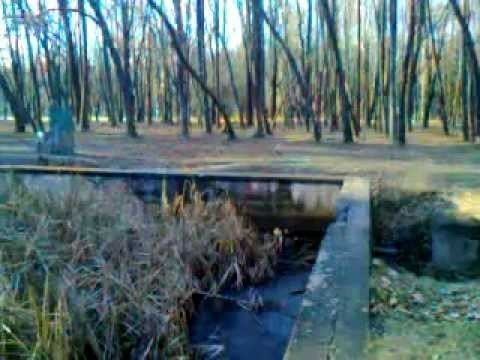
There was a tea house, a barber shop, a bathhouse, a sauna, a cinema and even an open swimming pool for the inhabitants' use. Although this pool was primarily intended for Hitler, he never once swam in it. The facility also contained a large vegetable garden organised by the German horticultural company Zeidenspiner to provide Hitler with a secure supply of food. Two artesian wells supplied the site with water, and the site had its own power generation facilities.
The bunkers were constructed by Organisation Todt using local Ukrainian workers, forced labour but mainly Soviet prisoners of war. Many of the workers were subsequently murdered to maintain the secrecy of the site.
The complex was served by a daily three-hour flight connection from Berlin to the airfield in nearby Kalinovka. There was also a regular train connection from Berlin-Charlottenburg to "Eichenbein" station at Werwolf. The ride took 34 hours.
During his Eastern campaign, Adolf Hitler lived mainly at FHQ Wolfsschanze (near Rastenburg, East Prussia); he stayed at FHQ Werwolf only three times:
History
The Nazis destroyed the site, including mining access to the underground complex, on abandoning the region. The site was examined after the Nazi departure in March 1944 under the orders of Joseph Stalin, but no documentation was found. The Soviet Union took steps to permanently seal the underground parts of the complex.
Today only the swimming pool and concrete fragments remain visible on the site, which is an open recreation area. Nearby is a memorial to the thousands of labourers and others buried by the Nazis in gravepits at Stryzhavka.
